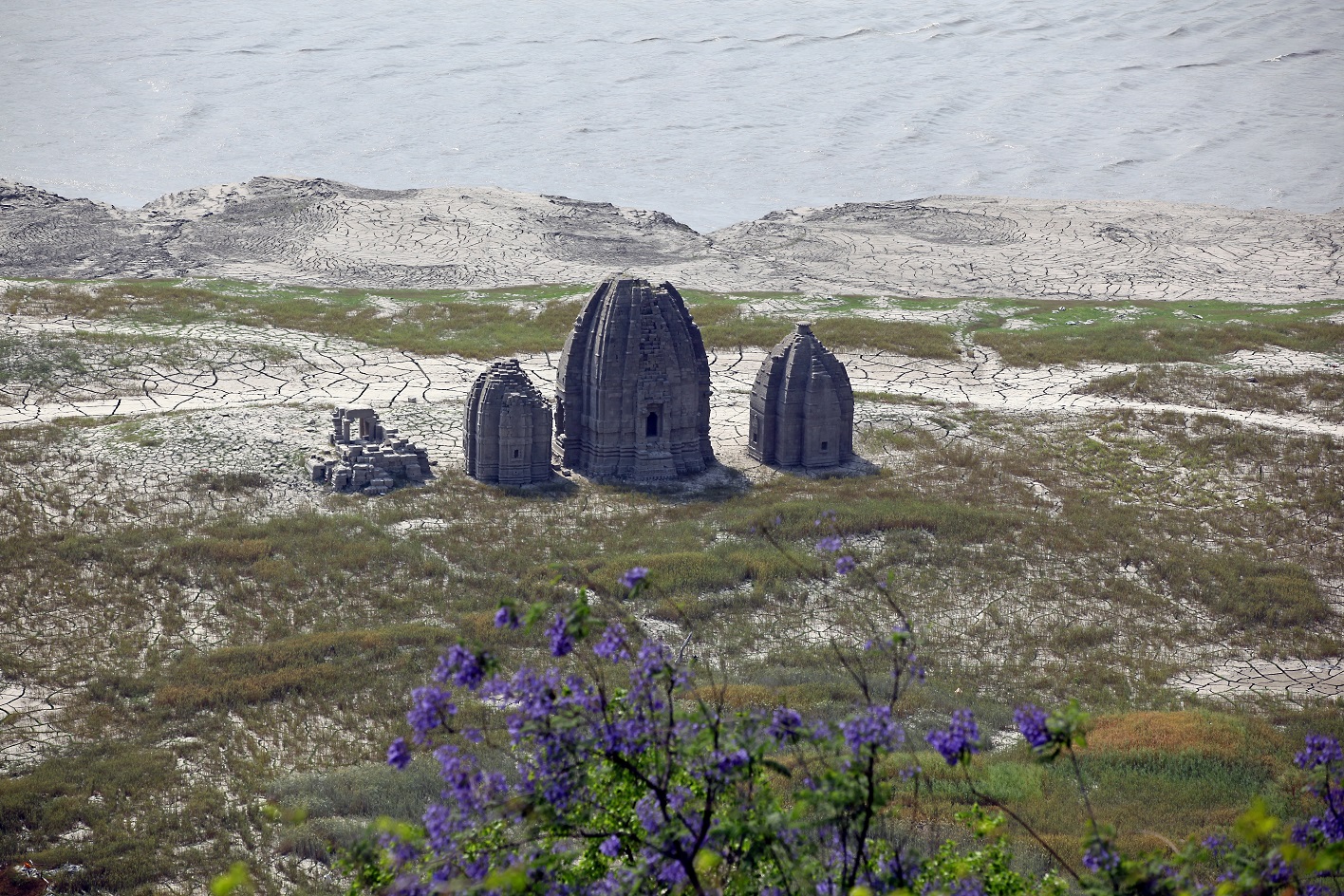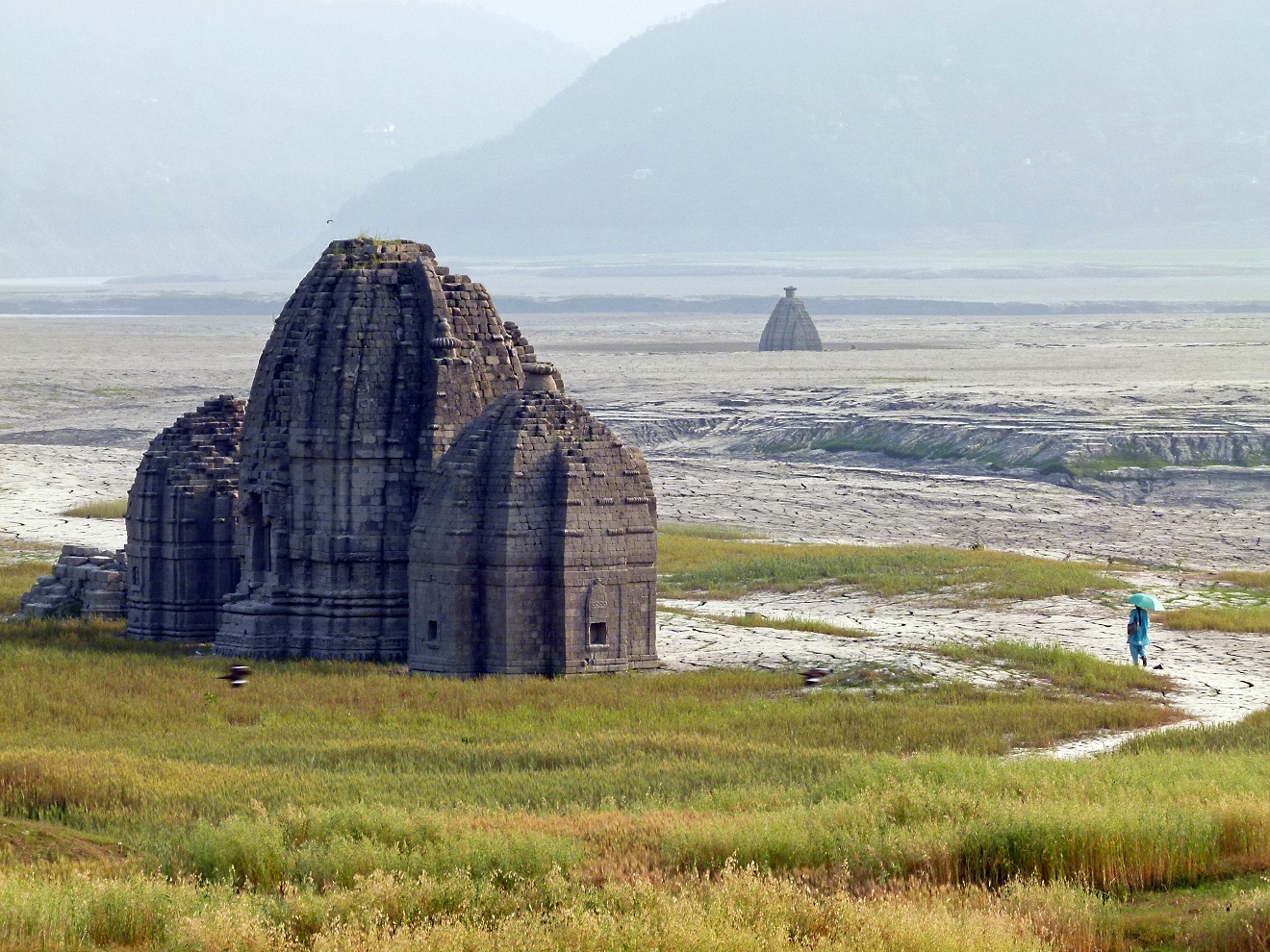The town of Bilaspur in the foothills of the Western Himalayas resembles many of the towns on the way to the Kullu Valley. It would have been unremarkable, except for one thing. Today’s Bilaspur is only a pale shadow of what it was in the past. Actually, there is not much of the former Bilaspur left, but what is left is worth getting to know it better.
The history of Bilaspur goes deep into the past. For centuries, it had been a renowned crossroads of trade routes and an attractive pilgrimage destination. A century ago, it was the capital of a prosperous principality with its possessions extending over almost 500 sq. km. Its rulers came from the noble Rajput clans once controlling a large part of the area that is now Himachal Pradesh.
But the old town of Bilaspur was doomed. In the mid-1950s, the construction of the Bhakra Dam began across the Sutlej River dividing the town into two parts. The resulting huge Gobind Sagar reservoir (named after the tenth Sikh guru Gobind Singh) extends over 90 km along the gorges going along the river channel, and its total area is about 170 sq. km. The town was in the upper floodplain. Of course, during the decade required for the construction, the residents moved to higher places. But everything that they could not carry with them was swallowed up by the water. Along with the houses, 28 ancient Hindu temples disappeared under the water, the oldest of which date back to the 6th century A. D.
Now, some of these shrines can only be touched during the dry season when the water level gradually becomes lower revealing the bottom of the Gobind Sagar reservoir. But many temples remained buried forever under many metres of silt and sand.
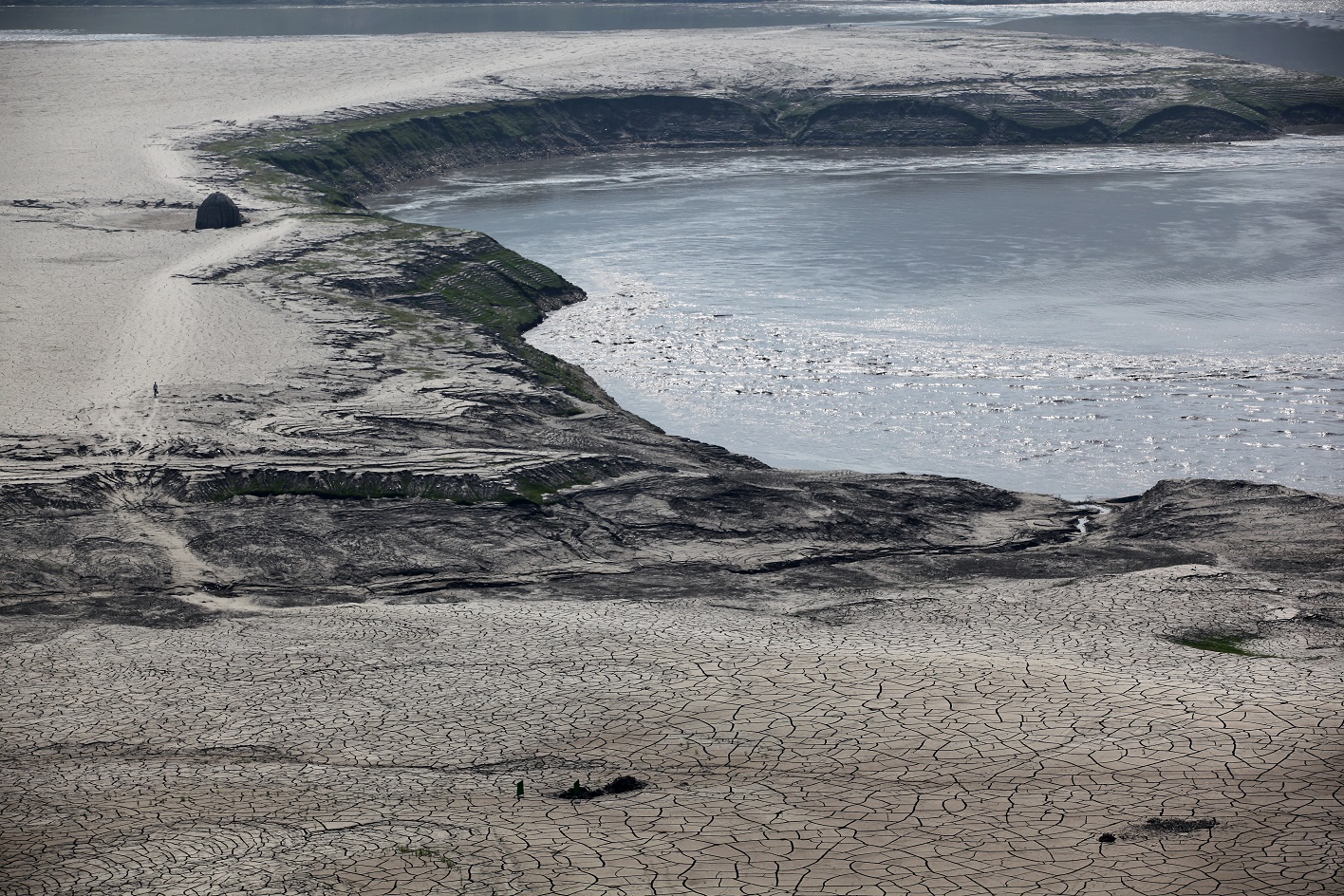
Everyone admires the beauty of views from the mountain spiral highway going from the mountain pass to Bilaspur. In autumn, after the monsoon season, only the very tops of the ‘submerged’ temples can be seen above the water surface. From a distance, it may seem that these are small haystacks stuck in still water. In spring, in this part of the water reservoir, the Sutlej River seems to return to its previous river course. And its banks turn into the barren land cut by deep cracks. At this time - for two or three months - it is possible to get to the Bilaspur temples without even getting your feet wet, on dry land.
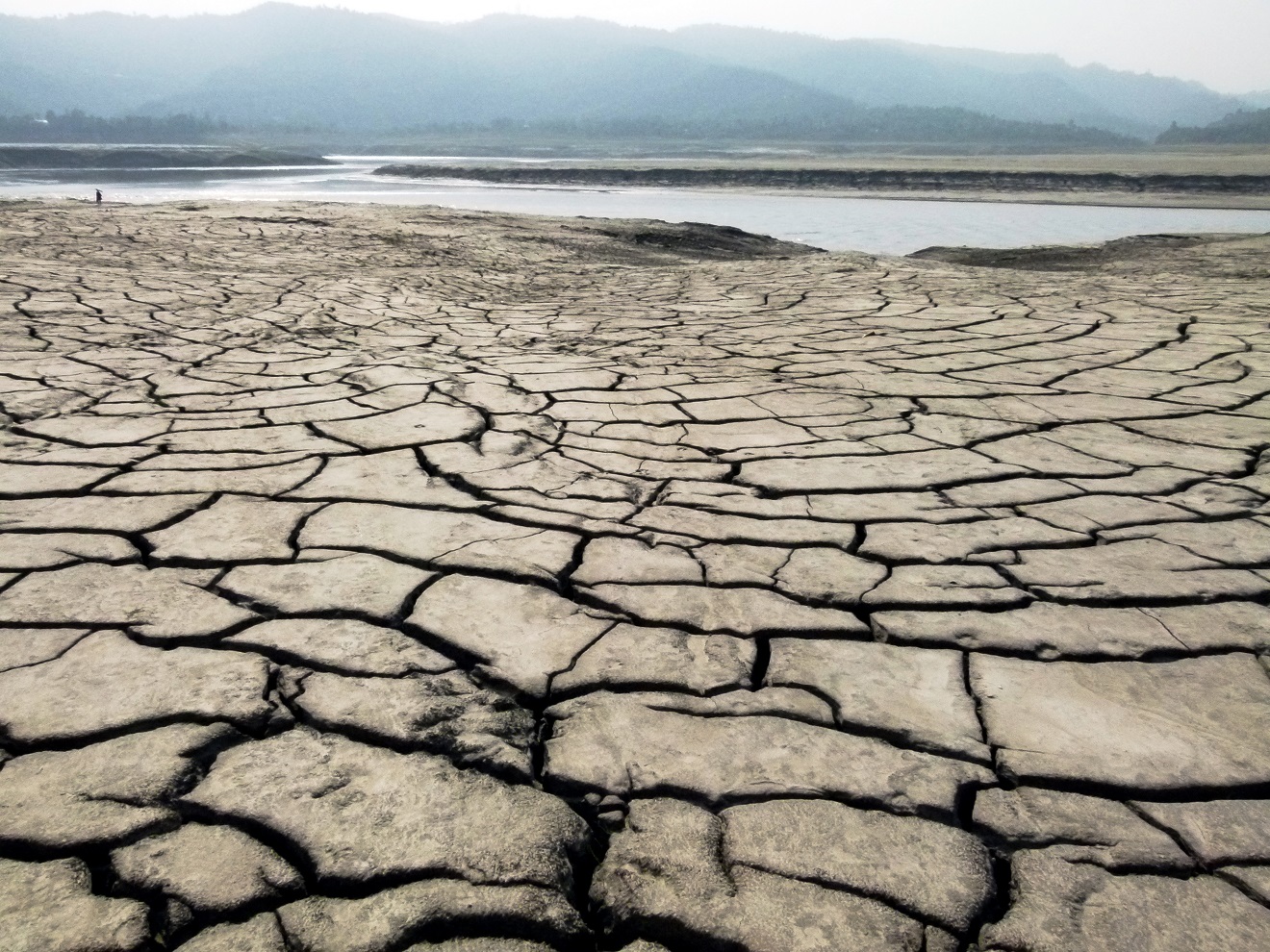
The temple of the blessed God Vishnu located almost at the coastal edge of the Gobind Sagar reservoir was more fortunate than others. The periods it spends in water captivity are not very long. However, the temple also suffered greatly from water. The sand and pebbles carried by the Sutlej River have worn out the magnificent stone bas-reliefs on its basement, damaged the sculptures framing the entrances, the niches and window frames.
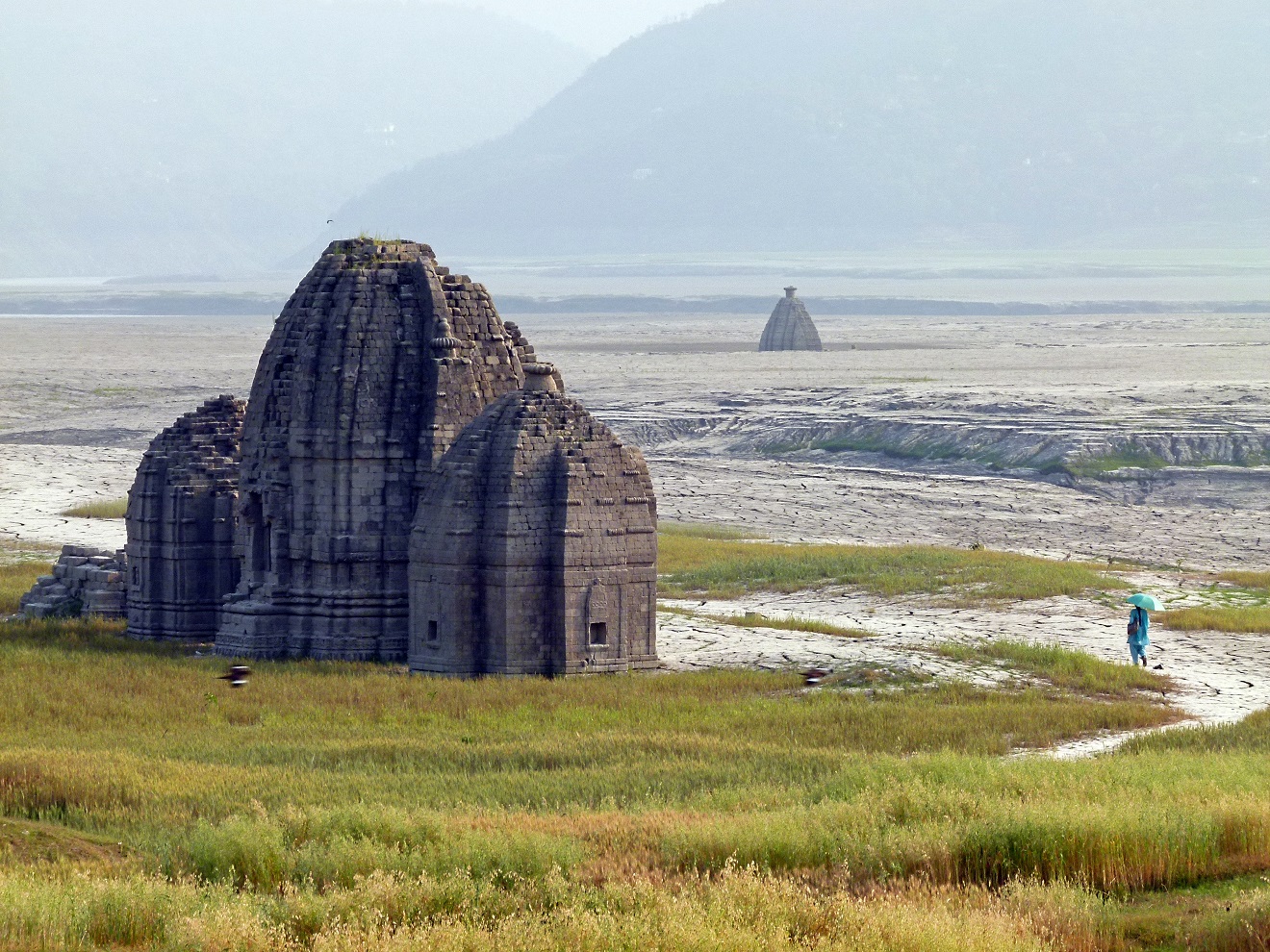
Walking on the dry bottom cut by deep cracks, one can get to some more temples. Even after the ‘low tide’, the temples remain almost half-buried in water. On the dense surface of the bottom consisting of a grey mixture of silt and sand, there are deep holes – the traces of whirlpools. In some places, a grass is often seen as the seeds of plants brought by water and wind sprout up.
Many residents of Bilaspur living on the opposite bank of the Sutlej River prefer to get home on foot passing the temples while walking along the temporary paths. Otherwise, they have to travel a long way along the bypass road. The locals take advantage of the seasonal fluctuations in the water levels to cultivate fertile fields and vegetable gardens on the coastal land. During the Hindu festivals, the crowds of believers go to the temples that emerged from the water. The pilgrims put the burning incense sticks at the empty altars and leave their altarage to the invisible gods including garlands of flowers, fruits, coconuts wrapped in red cloth.

State Chief Minister P.K.Dhumal recently announced that the Archaeological Survey of India was elaborating the proposals for the relocation of several of the Bilaspur’s submerged temples to a dry land. They believe that this will save 6-7 shrines from water. Perhaps, the sacred statues of the gods moved half a century ago to their new abodes will finally return to their restored and revived ‘native homes’?
